Market Share
Airport IT Systems Market Share Analysis
Market share positioning strategies in the airport IT systems market involve a diverse set of approaches aimed at gaining a competitive advantage and expanding market presence. These strategies encompass differentiation, innovation, partnerships, market segmentation, and geographic expansion.
Differentiation is a fundamental strategy employed by companies operating in the airport IT systems market. By offering unique features, capabilities, or solutions, companies can distinguish their IT systems from competitors' offerings. This differentiation may involve developing specialized airport IT systems tailored to specific needs such as passenger management, baggage handling, security screening, or airport operations. Companies may also differentiate their solutions by integrating advanced technologies like artificial intelligence, data analytics, and cloud computing to provide enhanced performance and functionality compared to standard IT systems.
Innovation plays a crucial role in market share positioning within the airport IT systems market. Companies invest in research and development to create innovative IT solutions that offer superior performance, efficiency, and reliability. This may include developing cutting-edge software platforms, mobile applications, or digital tools that optimize airport operations, enhance passenger experience, or improve security measures. By continually innovating, companies can stay ahead of competitors and capture market share by offering state-of-the-art solutions that meet the evolving needs of airport operators and travelers.
Partnerships and collaborations are essential strategies for market share positioning in the airport IT systems market. Companies form strategic alliances with other industry players, technology providers, airport authorities, or airlines to access complementary capabilities, resources, or expertise. These partnerships may involve joint development projects, technology integration efforts, or collaborative initiatives aimed at delivering integrated solutions that address complex airport challenges. By leveraging partnerships, companies can enhance their product offerings, expand market reach, and strengthen their competitive position in the airport IT systems market.
Market segmentation is another key strategy employed by companies to position themselves for market share growth in the airport IT systems market. By dividing the market into distinct segments based on factors such as airport size, geographic location, or operational requirements, companies can tailor their IT solutions to specific customer groups more effectively. This may involve developing specialized IT systems for large international airports, regional airports, or smaller airfields, with features and functionalities optimized for each segment's unique needs. By focusing on targeted market segments, companies can maximize market penetration and revenue generation opportunities in the airport IT systems market.
Geographic expansion is a strategy used by companies to increase their market share in the airport IT systems market. Companies seek to expand their presence into new geographic regions or international markets to access new customers, capitalize on emerging opportunities, and diversify their revenue streams. This may involve establishing local offices, forming partnerships with regional distributors or resellers, or pursuing contracts and projects in foreign countries to gain a foothold in new markets and increase market share globally.

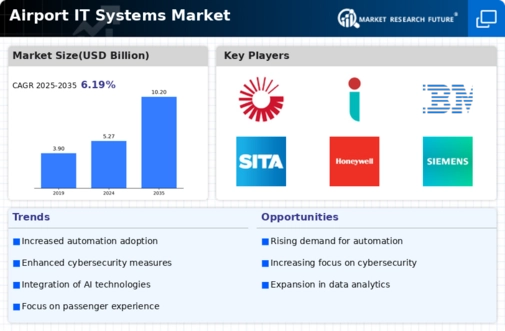
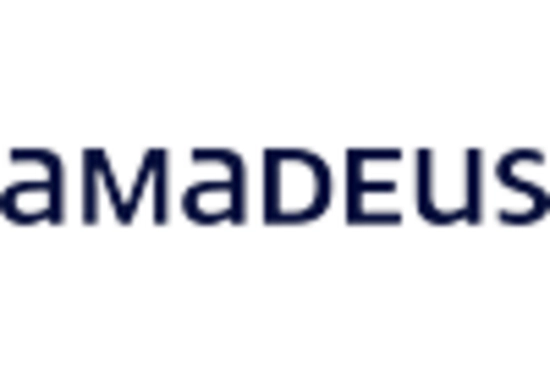
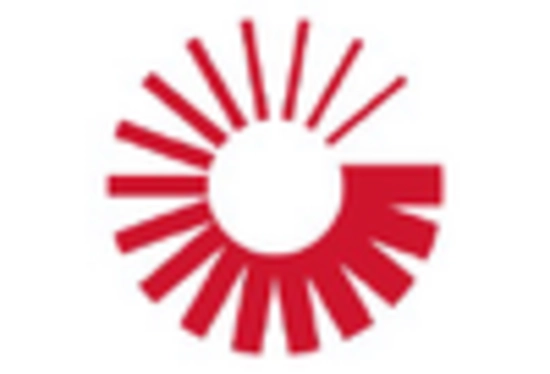


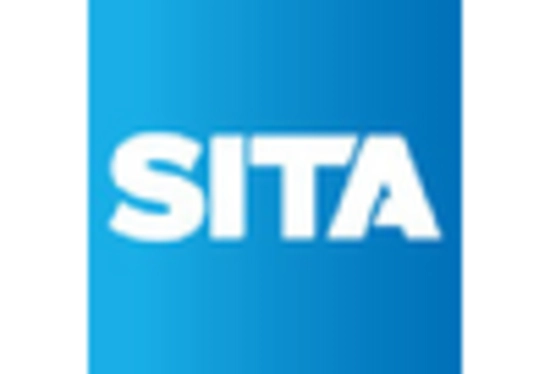
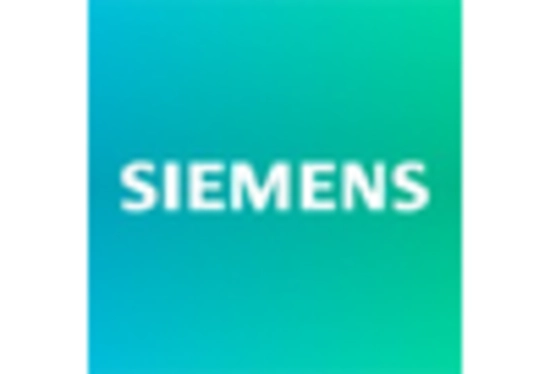

Leave a Comment